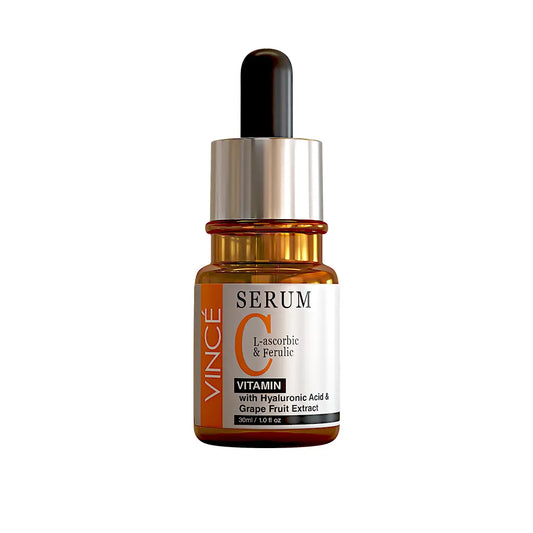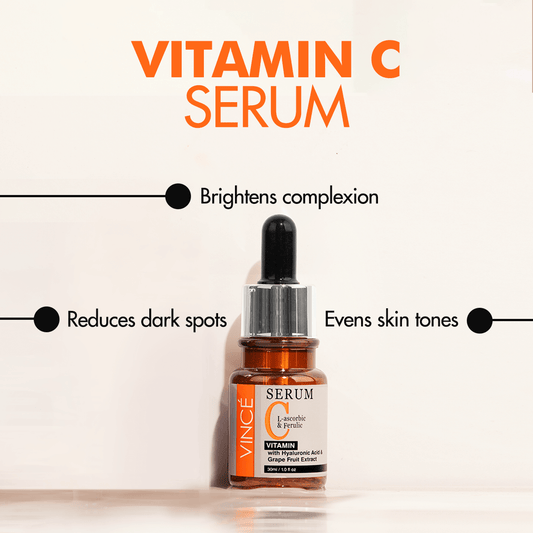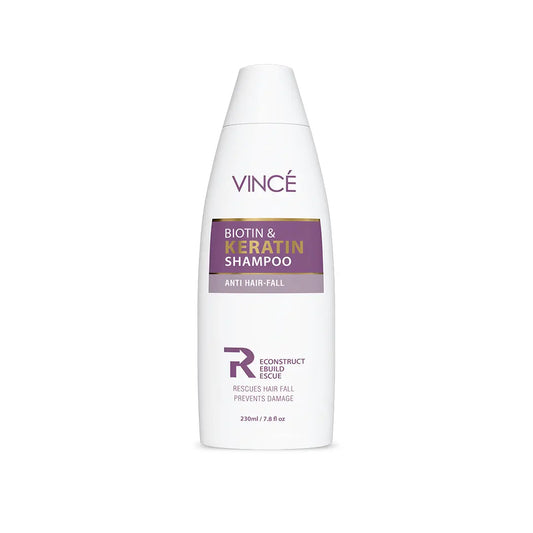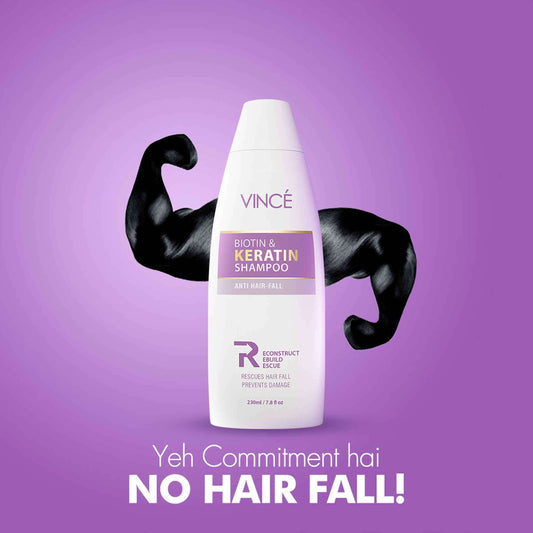Sunburn Causes, Treatments and Preventions in Winter

A sunburn is a painful red skin reaction after too much exposure to ultraviolet light. UV rays are a type of radiation in sunlight. Even on cloudy days, UV light can pass through the clouds and cause sunburn.
Symptoms of sunburn appear a few hours after sun exposure. They often peak 6 to 36 hours after exposure. Symptoms are short-term (transient) and disappear within three to five days. But sunburn causes long-lasting (permanent) damage to the skin's DNA.
What are the Symptoms of Sunburn?
Symptoms can occur slightly differently in each person. These may include skin that is:
- Red
- Painful
- Swelling
- Hot
- Blister
- Dry, itchy, and peeling skin three to eight days after the burn
Severe sunburns require immediate medical attention. Symptoms may include:
- Fever
- It's getting cold
- Weakness
- Get confused
- Dizziness
- Nausea
- Vomit
The symptoms of sunburn are similar to those of other health conditions. See your healthcare provider for a diagnosis.
How is Sunburn Treated
The skin can burn if it gets too much sun heat without proper protection. It's essential to start treating sunburn as soon as you notice it. The first thing you need to do is indoor activities preferably.
Once at home, these dermatologist tips can help relieve the discomfort:
- Take frequent cold baths or showers to help relieve pain. As soon as you leave the bathtub or shower, pat yourself gently, but leave a little water on your skin. Next, apply a moisturizer to help trap water in your skin. It can help reduce dryness.
- Use a moisturizer that contains soy or aloe vera to soothe sunburned skin. If a specific area feels particularly uncomfortable, apply a hydrocortisone cream you can buy over the counter. Do not treat sunburn with products (such as benzocaine), as these may cause skin irritation or allergic reactions.
- Consider taking ibuprofen or aspirin to help reduce any swelling, redness, and pain.
- Drink more water. A sunburn draws fluid to the people's skin's surface. Drinking extra water when you're sunburned helps prevent dehydration.
- If you have blisters on your skin, allow the blisters to heal. Blistered skin means you have second-degree sunburn. It would help if you didn't pop blisters because blisters protect you from infection and help your skin heal.
- Take extra care of sunburned skin during heals. Wear clothes that cover your skin when going out. Tightly woven fabrics work best. You should not see any light coming through when you hold the fabric up to bright light.
Home Remedies to Treat Sunburn
Below are some remedies you can use at home to care for sunburned skin. Although these home remedies can be used for minor sunburns, you need to contact your healthcare professional and get help if you have a severe form of sunburn.
1. Stay Hydrated
You need to drink extra water while dealing with sunburn. A sunburn draws water from the body to the skin's surface, dehydrating a person. Drinking plenty of water can help you prevent dehydration caused by the sun.
2. Use A Moisturizer
Apply a good moisturizer to the affected area if your skin is not painful. Using a moisturizer containing aloe vera or soy can help soothe sunburned skin. Moisturizer will help to increase the moisture of the skin. Avoid using butter on sunburned skin.
Using butter, petroleum jelly, or any other oil-based product on the affected skin can clog the pores and lead to infection.
3. Shower Often
Try taking frequent cold baths or showers. It will help you reduce the pain. Dry yourself after getting out of the shower but don't forget to leave some water on the skin. Applying a good moisturizer right after you shower will help your skin retain moisture.
4. Skin Protection
You need to protect sunburned skin as it heals. Before going out, wear clothes that cover your skin. Wear clothes made of tightly woven fabrics. The tightly woven fabric does not let light in when you block it from bright light. You can also try wearing loose cotton clothes.
5. Aloe Vera
Aloe Vera is an essential natural ingredient for treating many skin conditions. The use of aloe vera is very beneficial in getting rid of sunburn.
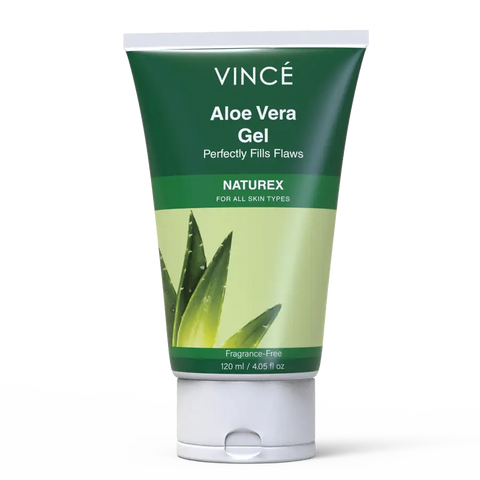
It can also relieve itching and help heal blisters. It also provides a soothing sensation to the skin due to vitamins C and B. You can use aloe vera gel to heal sunburned skin. You can rub Aloe vera gel directly on the affected area.
6. Black Tea
Tea is an ingredient that most people have in their kitchens. It is a common home remedy used to treat sunburn. You can apply cold black tea directly to sunburned skin. Certain compounds in black tea help to remove heat from sunburned skin. Black tea can help repair skin damage and prevent cancer.
7. Green Tea
Green tea has good anti-inflammatory and antioxidant properties. It helps to deal with adverse reactions on the skin, such as sunburn after UV exposure. It can help reduce skin damage and skin redness. Green tea can be applied to the sunburned area to heal skin damage.
8. Tea Tree Oil
Tea tree oil is a popular ingredient in sunscreen products. Tea tree oil can help manage sunburn by improving blood flow to the skin's blood vessels, bringing essential nutrients to damaged skin. 6 To use tea tree oil, dilute it with some carrier oil such as coconut, almond, or olive. Avoid using pure tea tree oil on the affected skin.

Other Protections To Avoid Sunburn
- Clothing is your first line of defence against sun damage. Covering up in winter is easy, it's cold but the face, head and neck are exposed year-round, where most skin cancers occur.
- Remember your UV-blocking sunglasses and a wide-brimmed hat before heading out. Sunglasses protect the eyes while fighting snow glare. A hat keeps you warm and prevents UV rays from damaging your scalp.
- Apply broad-spectrum sunscreen daily to all exposed skin, and be sure to cover often-missed spots above your ears, around your eyes, and along your hairline. Choose a moisturizing sunscreen to combat dry winter skin.
- Finally, avoid peak sun hours between 10 AM and 4 PM, and seek shade during outdoor activities.
Winter means not ditching the sun-safe habits people practiced during the summer. Continuing your sun protection efforts during the cold, cloudy months of the year can reduce your risk of developing the most common skin cancers.
What Happens When Sunburn Occurs In Winter
Even when it's cold outside, the sun doesn't seem to care that it's not beach weather. Snow and ski-related sunburn can be a problem if you're not careful. But if you take a few precautions, you can keep these problems at bay. Under the right winter conditions, you can tolerate sun damage as quickly as in the summer.
Winter Sunlight
UVB rays, the leading cause of sunburn, are strongest in the summer. However, UVB rays like snow or ice can burn the skin at high altitudes. Snow reflects up to 80 per cent of the sun's UV light, so these rays hit you twice. It can increase the risk of premature aging and skin cancer.
UVA rays are constant throughout the year. They can penetrate through fog and clouds. UVA rays can also penetrate glass. It's still possible to damage the skin during spending a bright winter day indoors.
What Causes Sunburn?
Sunburn is caused by two types of ultraviolet rays from the sun. These are UVA rays and UVB rays. Both types of radiation can burn your skin.
You are more likely to get sunburn if:
- The time people spend in the sun.
- The intensity of UV rays is affected by the time of day, cloud coverage, altitude and proximity to the equator.
- Skin type and complexion, including tanning, although anyone can get sunburn
What Are The Preventions Of Sunburn?
One way to prevent sunburn is to wear protective clothing and sunscreen. Sunscreens are chemicals that block or filter sunlight. Sunscreen comes in lotions, creams, sprays, and powders. Some contain chemicals that absorb and filter sunlight, such as oxybenzone and avobenzone.
No sunscreen blocks 100% of UV light. But they help protect the skin.

When using sunscreen:
- Wear sunscreen with a sun protection factor according to your skin.
- Choose a broad-spectrum sunscreen that blocks both UVB and UVA rays.
- Use a water-resistant or waterproof sunscreen.
- Apply to all exposed skin, including lips, ears, back of the neck, and tops of feet.
- Apply 30 minutes before going outside.
- Reapply every two hours or after swimming, exercising, or sweating.
Other ways to prevent sunburn include:
- Stay out of the sun from 10 AM to 4 PM. It is when the sun's UV rays are strongest.
- Wear a hat with a wide brim.
- Wear proper clothes that protect the skin from the sun. Some clothing is rated with a UV Protection Factor (UPF).
- Do not use tanning beds.
- Find the shade. Shaded areas have less UV radiation.
- Use sunscreen even in the shade. UV rays are reflected by other surfaces such as sand, snow, cement and water.
It's easy to go out for some fun in the sun, but it's essential to wear protective clothing and take the proper precautions to prevent the sun from ruining your day!
Can You Get Sunburn In Winter?
The answer to this question seems very simple - yes, you can. Even though the sun may be more intense in the warmer months, that doesn't mean the winter sun won't hurt you. That's why I've listed several tips that you can use to protect yourself from harmful UV rays.
Helpful Link: Amazing Tips for Treating Sunburn
Conclusion
As people spend more time in the sun enjoying the weather, some can get sunburned if they don't apply for proper protection. Here's everything you need to know about sunburn, including symptoms, treatment, and prevention tips.
